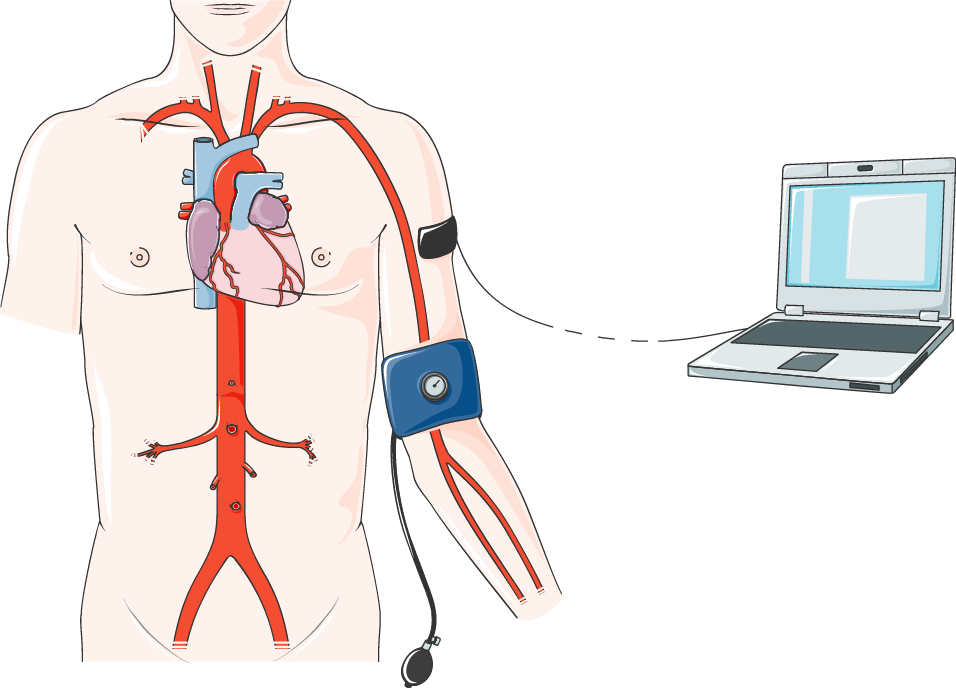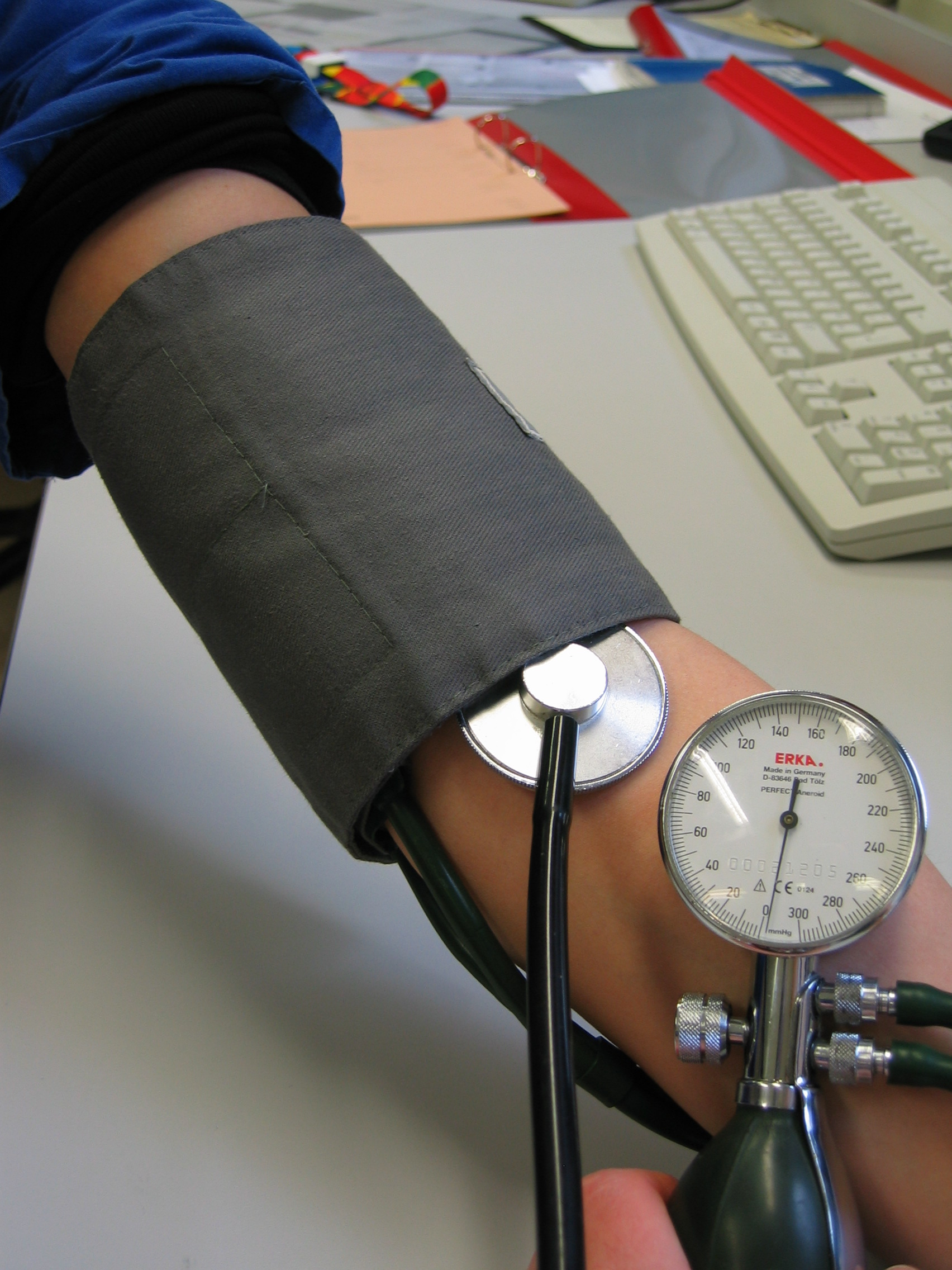Navigating the Hushed Hazards: A Comprehensive Guide on the Risks of Low Blood Pressure
Low blood pressure, also known as hypotension, is often overlooked as a potential health risk. The focus is generally on high blood pressure, but low blood pressure carries its own set of hazards. This comprehensive guide will delve into the risks associated with hypotension and provide strategies to navigate these hushed hazards.
Understanding Blood Pressure

Blood pressure is the force exerted by blood against the walls of the arteries. It's measured in millimeters of mercury (mmHg) and recorded as two numbers: systolic over diastolic. Systolic pressure is the force exerted when the heart beats, while diastolic pressure is the force when the heart rests between beats. Hypotension is typically defined as a blood pressure below 90/60 mmHg.
Causes of Low Blood Pressure

Many factors can lead to low blood pressure. These include medications, heart issues, endocrine problems, dehydration, blood loss, severe infection (septicemia), and allergic reaction (anaphylaxis). Understanding the cause of your low blood pressure is critical in managing its risks.
